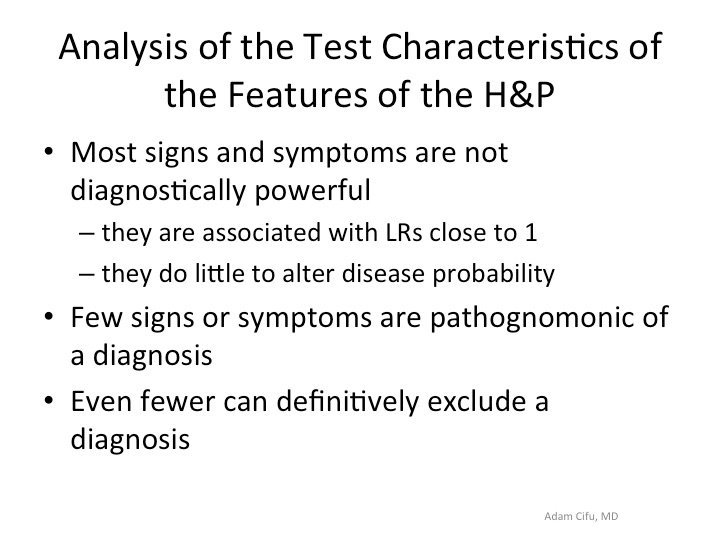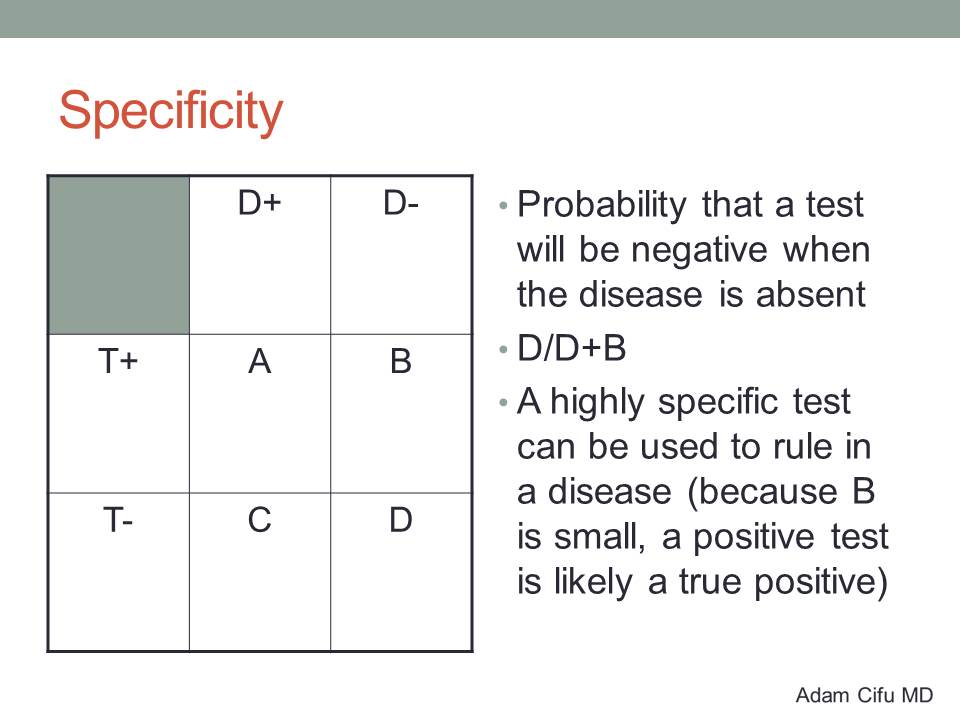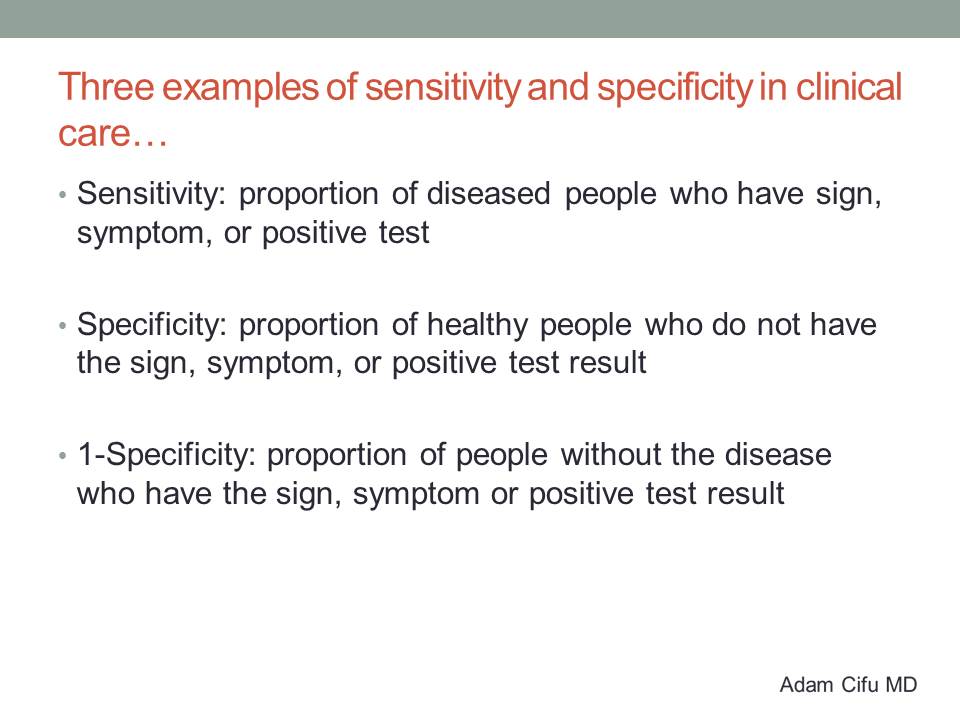One of my favorite points to making when teaching diagnostic reasoning it to stress that positive findings are immensely more important than negative ones. I believe this so strongly that it is point 4 on my diagnostic reasoning yellow card.
Ah hell, let’s put that on a slide.















